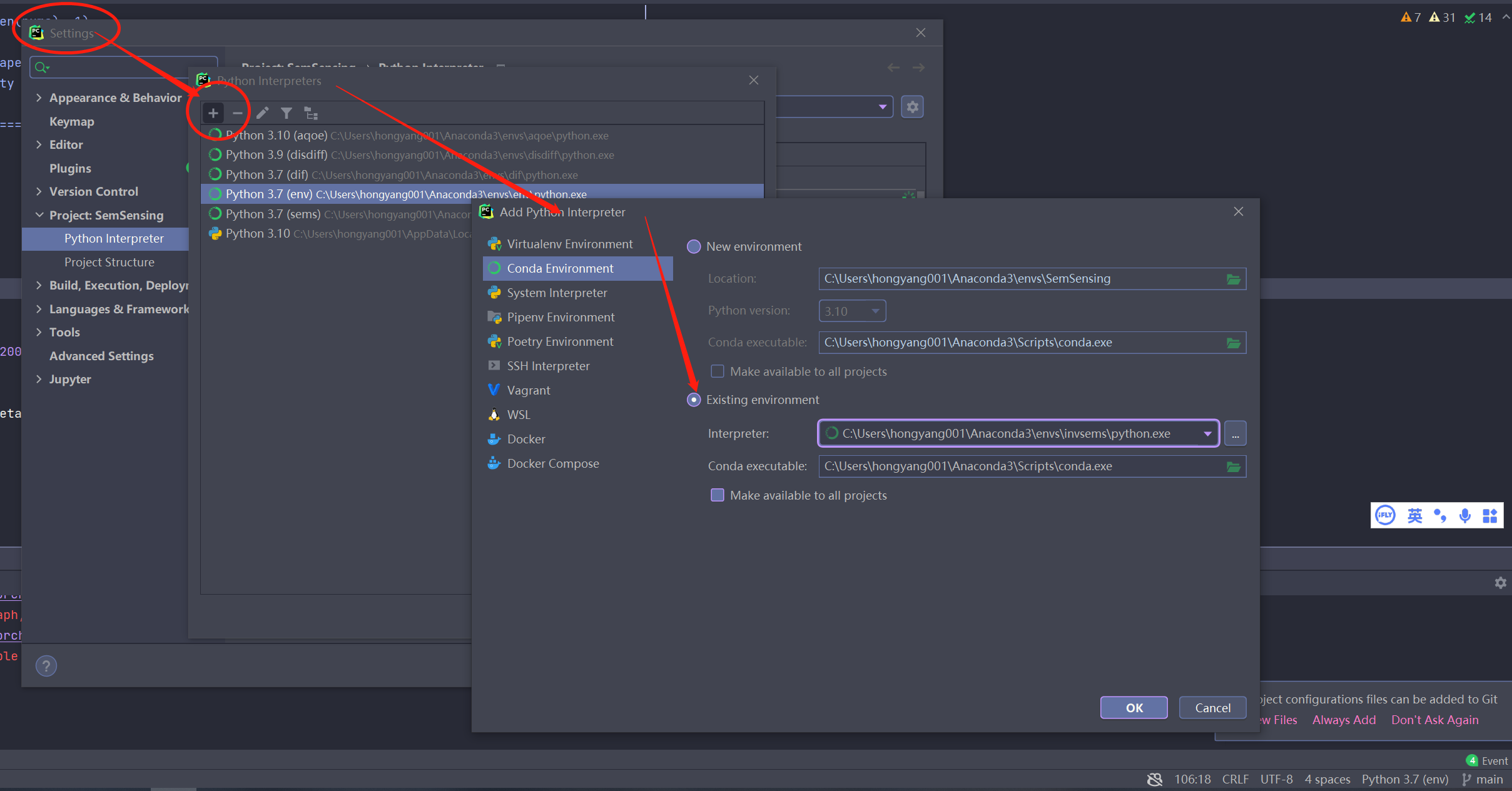Encoder and Decoder Algorithm Demonstration
This repository demonstrates the encoder and decoder algorithm as described in "Semantic Communications for Wireless Sensing: RIS-aided Encoding and Self-supervised Decoding" by Hongyang Du et al., accepted by IEEE JSAC. The paper is available here.

🔧 Environment Setup
To set up a new conda environment, run:
conda create --name invsems python==3.8⚡ Activate Environment
Activate the environment with:
conda activate invsems📦 Install Required Packages
Install necessary packages using pip:
pip install numpy scipy scikit-image torch torchvision opencv-python tqdmEnsure the torch version matches your CUDA version. Details here.
🏃♀️ Run the Program
Set the created environment as the runtime environment:

Execute main.py to start the program.
🔍 Check the Results
Encoding and decoding of wireless signal amplitude information is demonstrated, with results recorded:


Results after 2 decoding steps:

Results after 16 decoding steps:

Citation
@article{du2023semantic,
title={Semantic communications for wireless sensing: RIS-aided encoding and self-supervised decoding},
author={Du, Hongyang and Wang, Jiacheng and Niyato, Dusit and Kang, Jiawen and Xiong, Zehui and Zhang, Junshan and Shen, Xuemin},
journal={IEEE Journal on Selected Areas in Communications},
year={2023},
publisher={IEEE}
}📚 Acknowledgement
This repository builds upon code from the following works:
Consider citing these works if their code is utilized in your research.